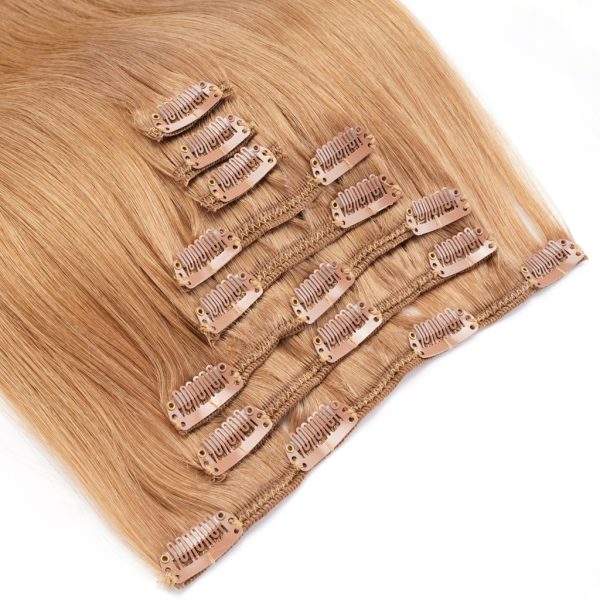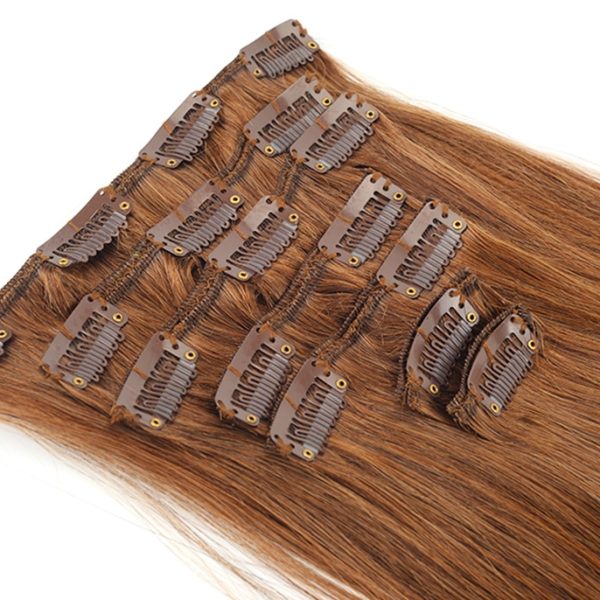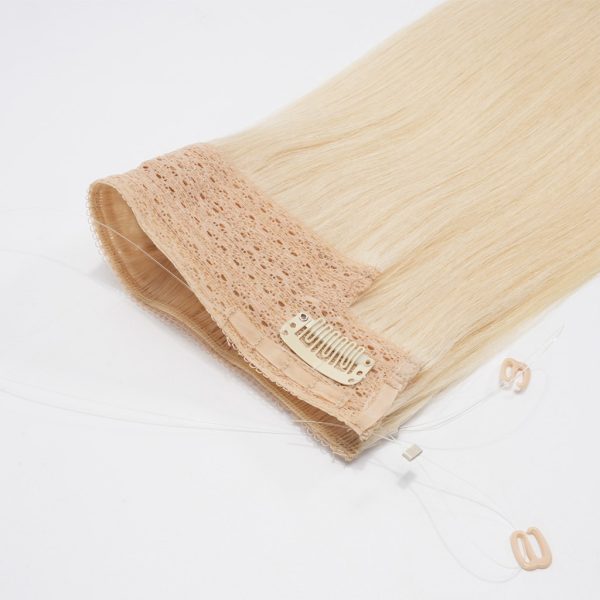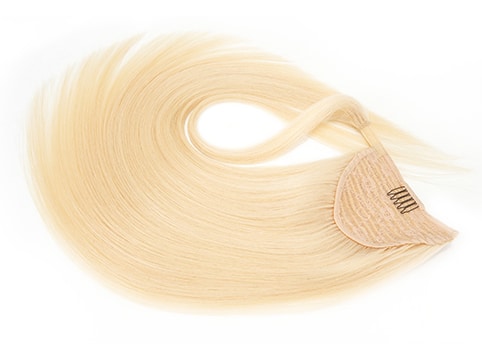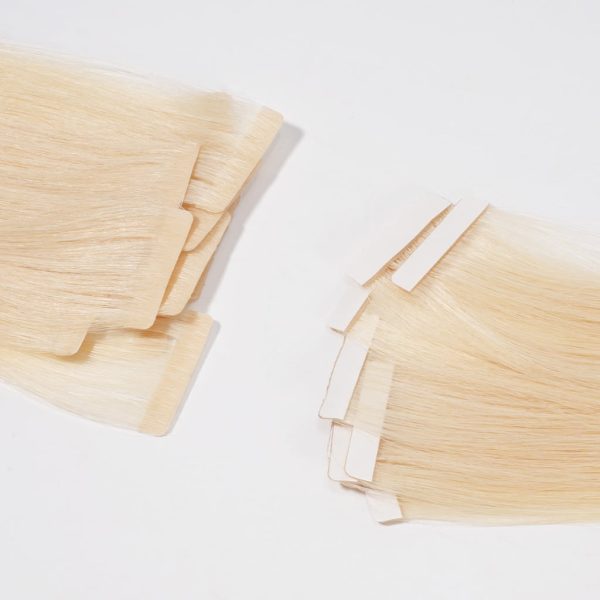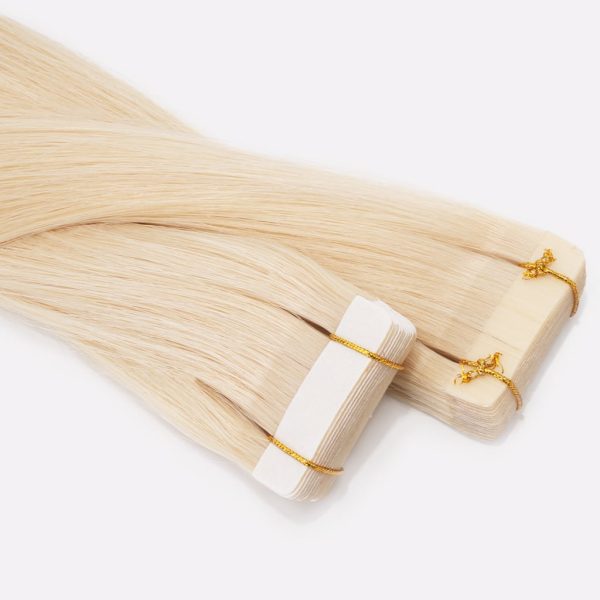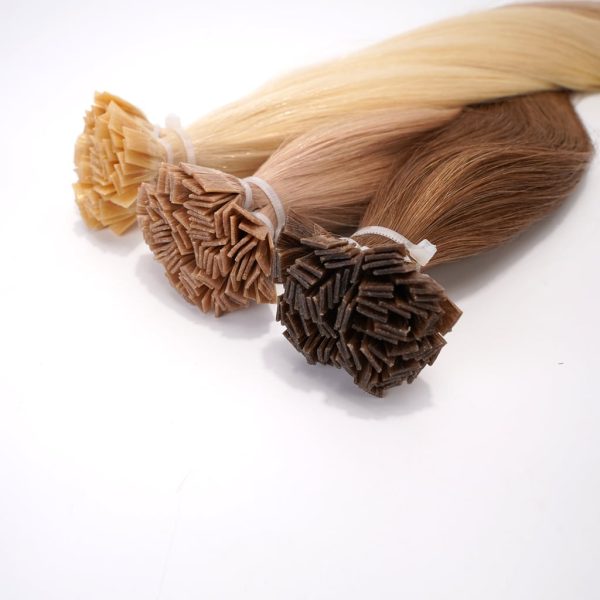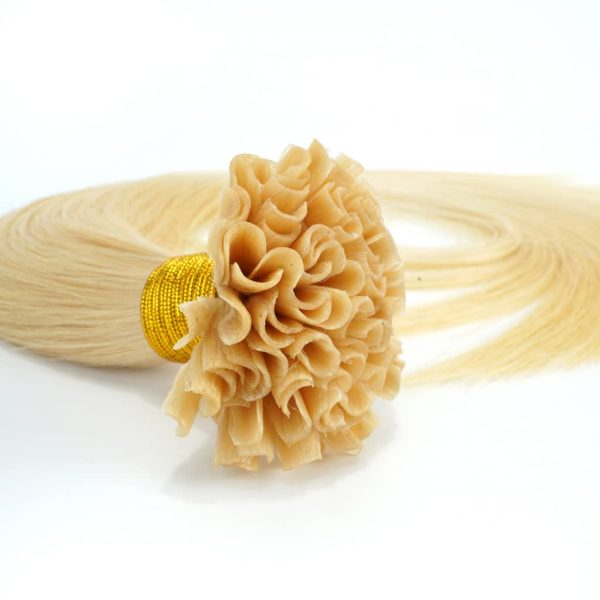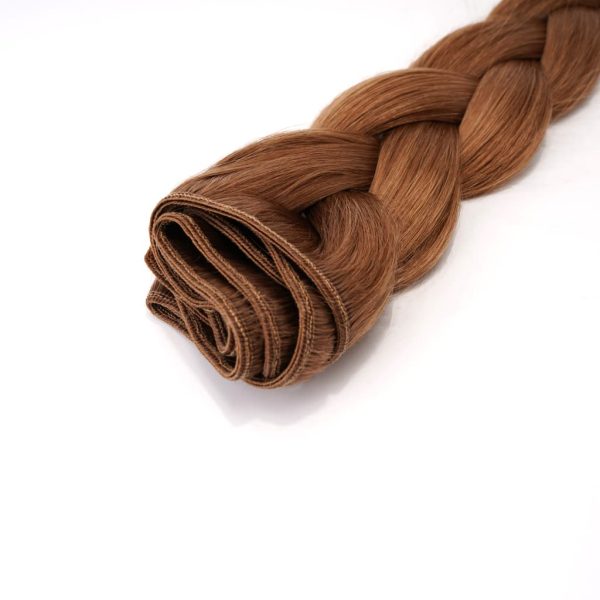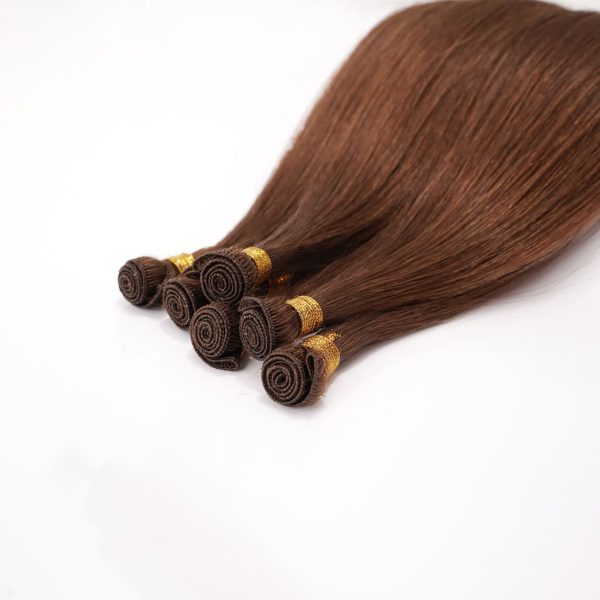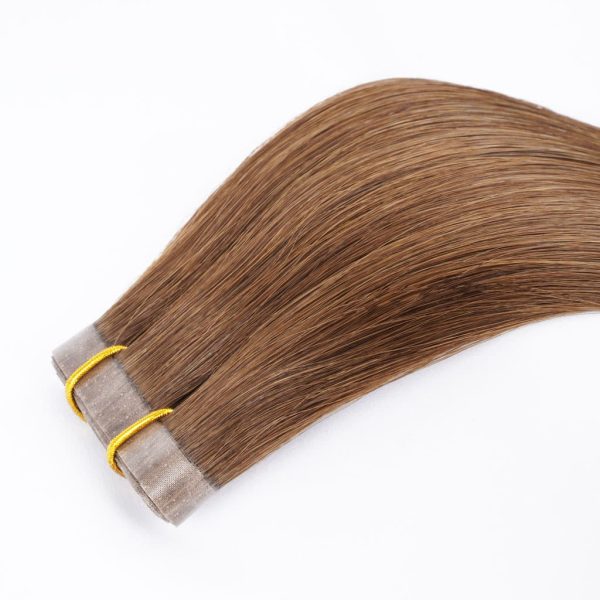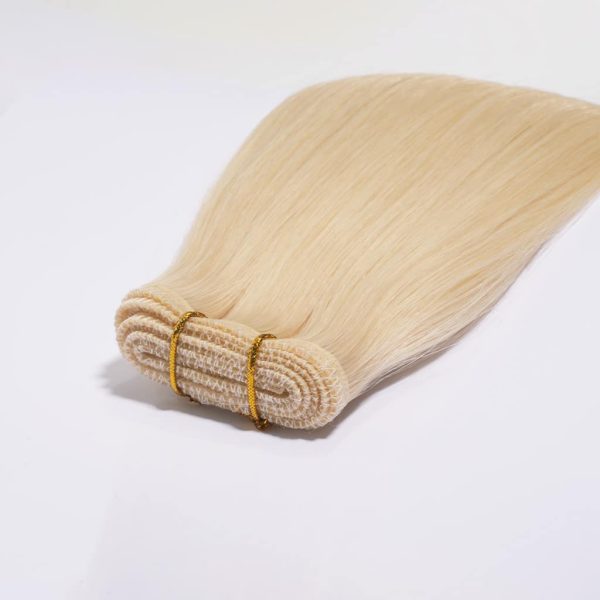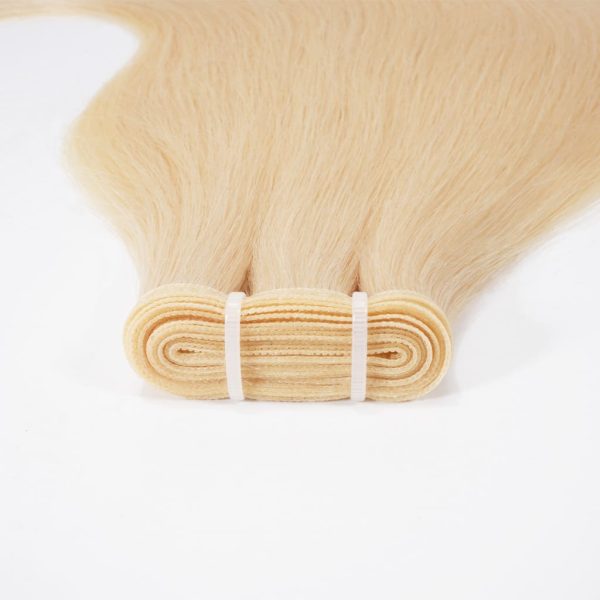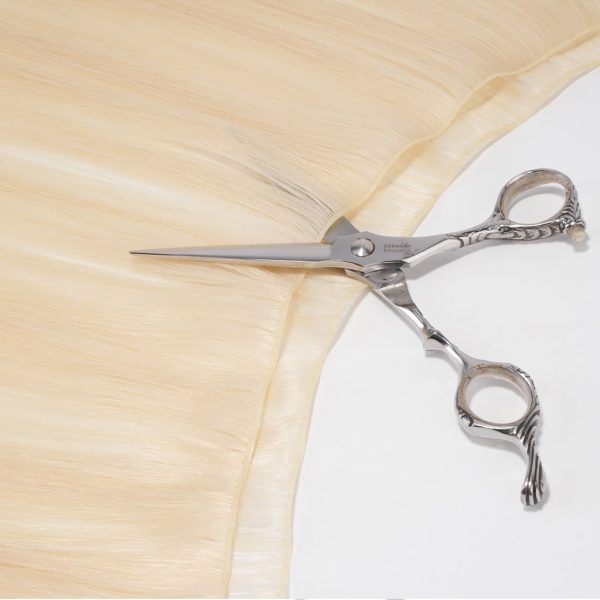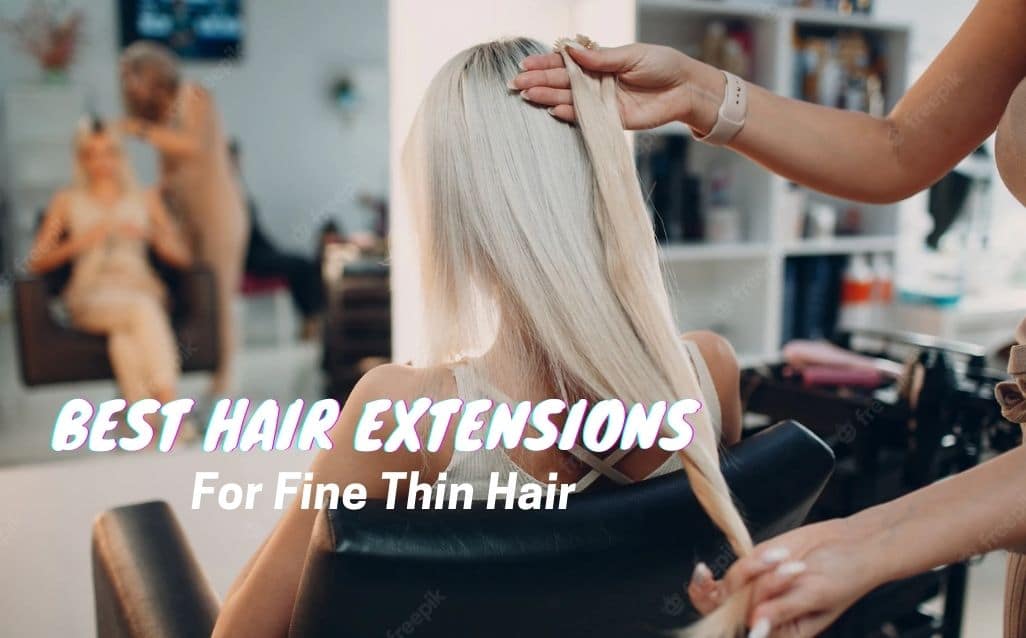The global female hair extension market was valued at $3.71 billion in 2021 and is projected to grow from $4.06 billion in 2022 to $7.63 billion by 2029, displaying a CAGR of 9.44% during the forecast period.
Every hour, every minute, demands for hair length and volume are increasing. It is indisputable that starting a hair extension business in the next few years will be highly profitable.
Before stepping into the game, getting to know the various types of hair extensions and what’s new on the market is surely a must-do.
If you are planning to start a hair extension business and are still confused about the different types of hair extensions or what’s best for your clients, this post will be the ultimate answer to all your questions.
Getting to know the types of hair extensions on the market
There is more than one way of classifying hair extensions.
Hair specialists and stylists may each have their own way of categorizing different types of hair extensions.
The ultimate purpose is to let people understand the types of hair extensions their functionalities, plus the names they are known by to avoid confusion.
Synthetic hair extensions
Firstly, human and synthetic hair is used to make hair extensions.
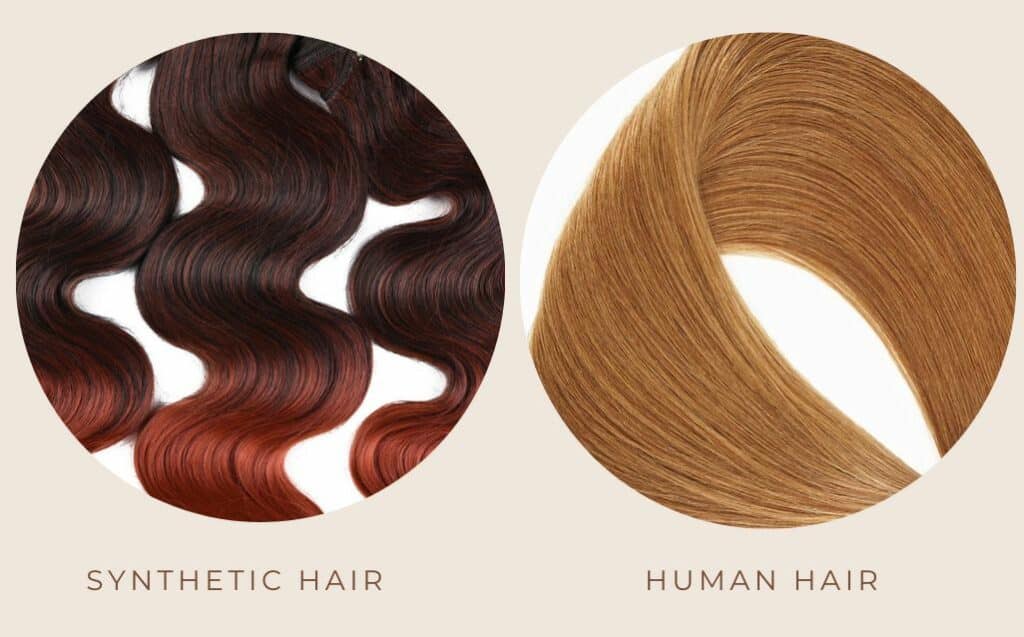
Forgive me for being blunt, but “synthetic” is another word for “fake” or “man-made.” Artificial hair is made from artificial fibers like acrylic, nylon, etc.
Synthetic hair extensions are easily maintained, have a vibrant, lasting color, and are cheaper than human hair ones.
But synthetic hair extensions can’t be washed or styled with heat and always have an unnatural shine; they can never last as long as human hair extensions and never be recolored.
Human hair extensions
Raw human hair is generally classified into three categories: normal human hair, Remy hair, and virgin hair.
Remy Hair
The most commonly used hair for making all different types of hair extensions is Remy human hair. That’s exactly what we use to make most of our hair extensions and wigs at New Times Hair.
Remy human hair all hair cuticles in the same direction.
High-quality Remy human hair extensions can last over a year with proper care.
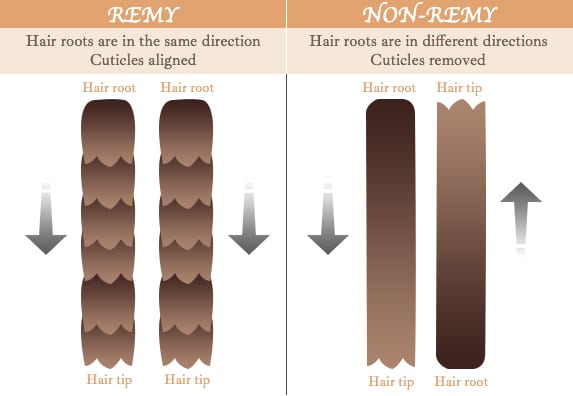
Why choose Remy human hair?
- Human hair extensions look and feel natural and authentic.
- They are very flexible in styling, you can bleach, dye, or perm them just like natural hair.
- Though each unit costs slightly higher than synthetic hair extensions, they last a lot longer, and in the long run, they tend to beat their synthetic counterparts in cost.
Virgin Hair
Virgin hair in a way is also a type of Remy human hair, but it is purely collected from a single donor, never been bleached, colored or processed in any way. Virgin human hair is unaltered in anyway that they are very rare, making it the most expensive type on the market.
Normal Hair
Human hair, if not particularly mentioned to be Remy hair or virgin hair, may be collected from all types of donors, even from the hairdresser’s floor.
Normal Hair or non-remy hair needs to be processed with acid to get rid of its hair cuticles, so they won’t last as long as Remy human hair or virgin hair; most manufacturers usually don’t use them.
In terms of functioning, hair extensions are conventionally classified into temporary hair extensions and permanent hair extensions.
Temporary hair extensions
Another word for temporary hair extensions is portable, meaning the wearer can put it on or take it off whenever she wants.
Clip-in hair extensions
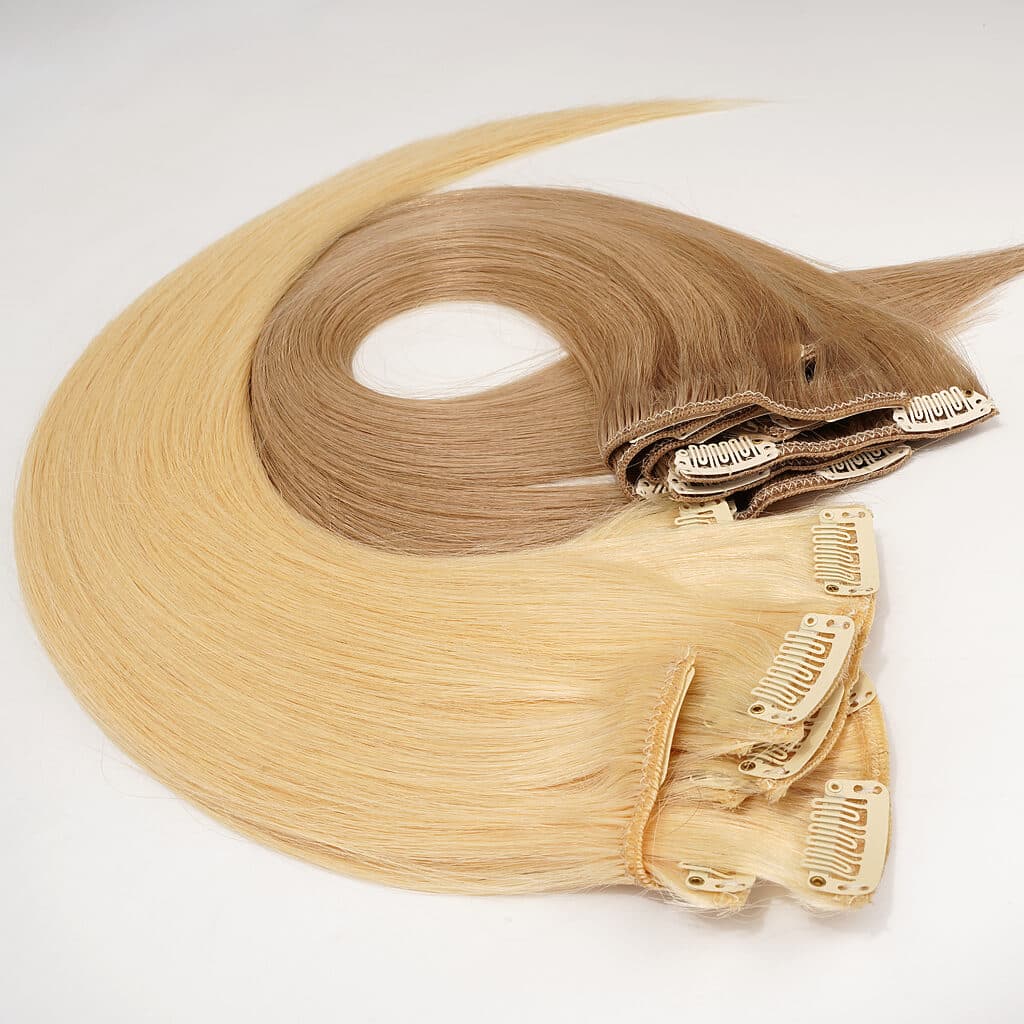
Clip-in hair extensions, also known as clip-in weaves, an attachment method: wefts of hair are installed into the wearer’s natural hair by slight pressure-sensitive clips.
The wearer just needs to snap open the clip and close it to put it on; all they need to be aware of is following product instructions, and clipping the hair extension to the right place.
Pros of clip-in hair extensions
- Quick install & removal: Unlike other hair extensions, clip-in hair extensions usually take only 5-15 minutes to apply at home.
- Temporary change of look: if the wearer only wants a quick change of her hair looks.
- Easily maintained: Clip-in hair extensions come with significantly less hair than wigs, which shortens the time spent on Maintenance.
Cons of clip-in hair extensions
- Causing stress on the scalp: This also applies to wearers having long days. The hair extension may cause stress around where the hair is clipped.
- Uncustomisable: Another disadvantage of clip-in hair extensions is that they are not customizable, except for thick clip-in human hair extensions.
Shop Clip-in Hair Extensions
Halo Hair Extensions
Halo hair extensions(invisible wire hair extensions)use the natural curvature of the wearer’s head and sit on her crown comfortably like a tiara with a hiddle wire (this is also why halo hair extensions are also known as invisible wire hair extensions).
The wearer’s natural hair sits on top of the halo, firmly in place. This is in contrast to all other hair extension methods that attach to her natural hair in some way.
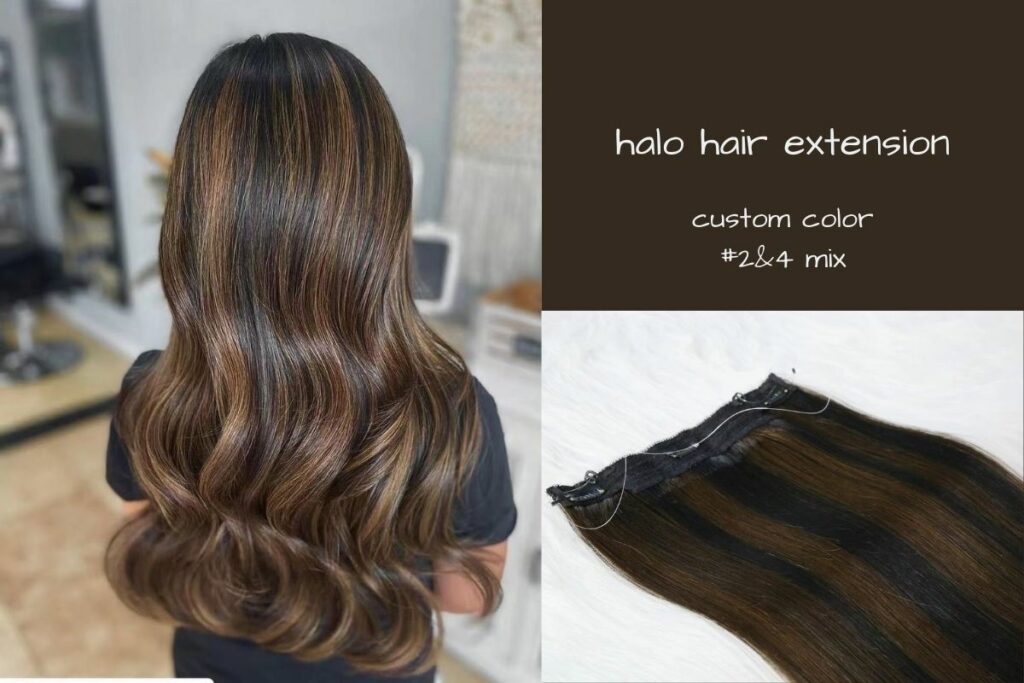
Halo hair extensions are so far the only hair extension method that is not attached to the wearer’s natural hair; here are some excellent advantages of halo hair extensions.
Pros of halo hair extensions
- Perfectly harmless to natural hair
- Quick and easy to wear and remove.
- Add instant volume to the wearer’s hair.
- Absolutely undetectable.
Cons of halo hair extensions
- Unsuitable for sports, like swimming.
- The wearer can’t sleep in it.
- Unsuitable for hairstyles like”updo.”
Shop Halo Hair Extensions
Ponytail Extensions
Ponytail hair extensions add volume and length to the wearer’s existing ponytail, whether her natural hair is long or short.
A typical ponytail hair extension is usually 14-28 inches long and can be put on using a concealable clip.
The wearer only needs to tie up her natural hair into a high bun, and wrap around the ponytail extension around it and fix it with bob pins; the whole process only takes less than 15 minutes.
At New Times Hair, we supply 100% top-quality human hair sourced ethically from single donors that is double-drawn.
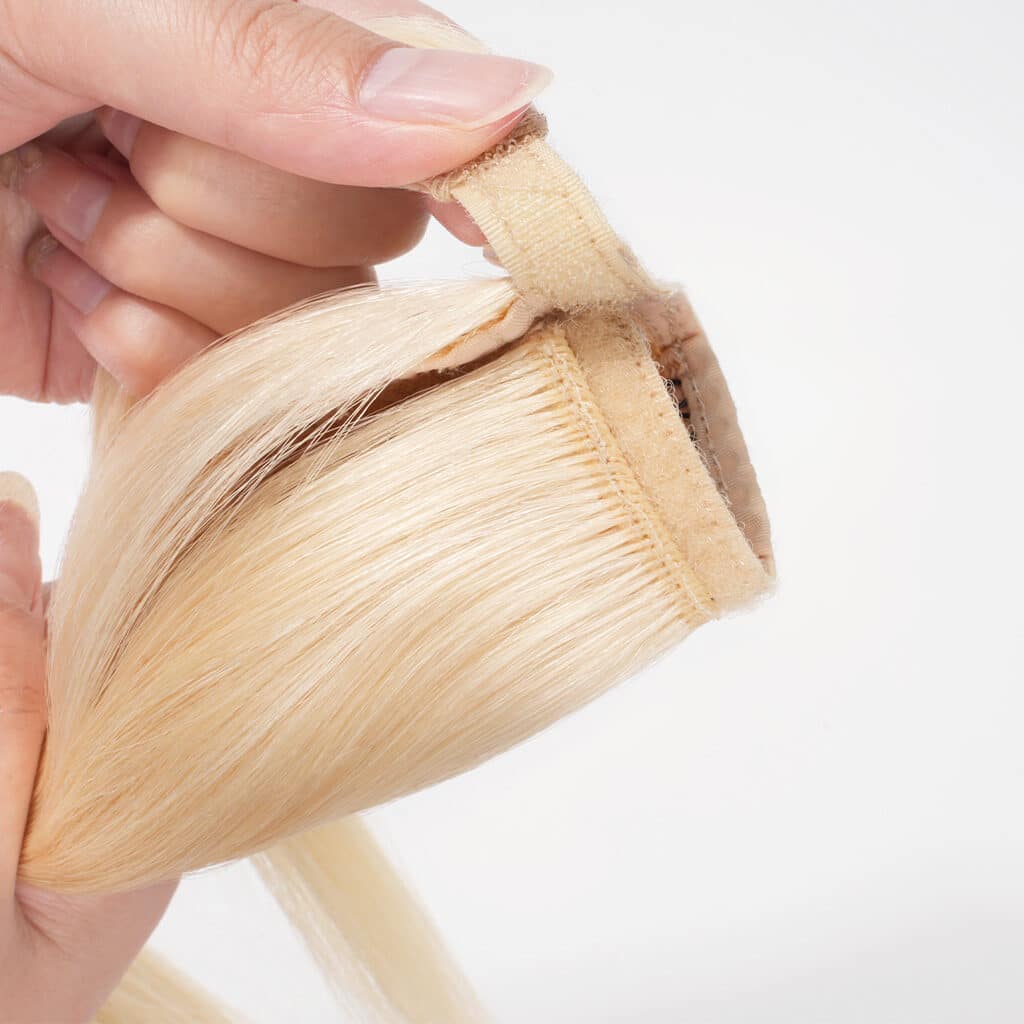
Pros of ponytail hair extensions
- Comfortable to wear.
- Easy to put on and take off.
- Instant change.
Cons of ponytail hair extensions
- Wearers can’t afford to be too active, as it potentially falls off the head.
Shop Ponytail Hair Extensions
Permanent hair extensions
Permanent hair extensions only mean that they will stay in the wearer’s hair for an extended period; usually, it is a hairdresser’s job to put it on or remove it.
Tape-in Hair Extensions
Tape-in extensions are measured in one to one and a half inches (or other sizes) of sections of hair pre-taped with medical-grade glue to the wearer’s hair.
At New Times Hair, we use American white glue for the tapes, which is chemical-free and safe.
Tape-in hair extensions are the most commonly used hair extensions worldwide, purely for their easy and quick installation, low maintenance, and cost-effectiveness.
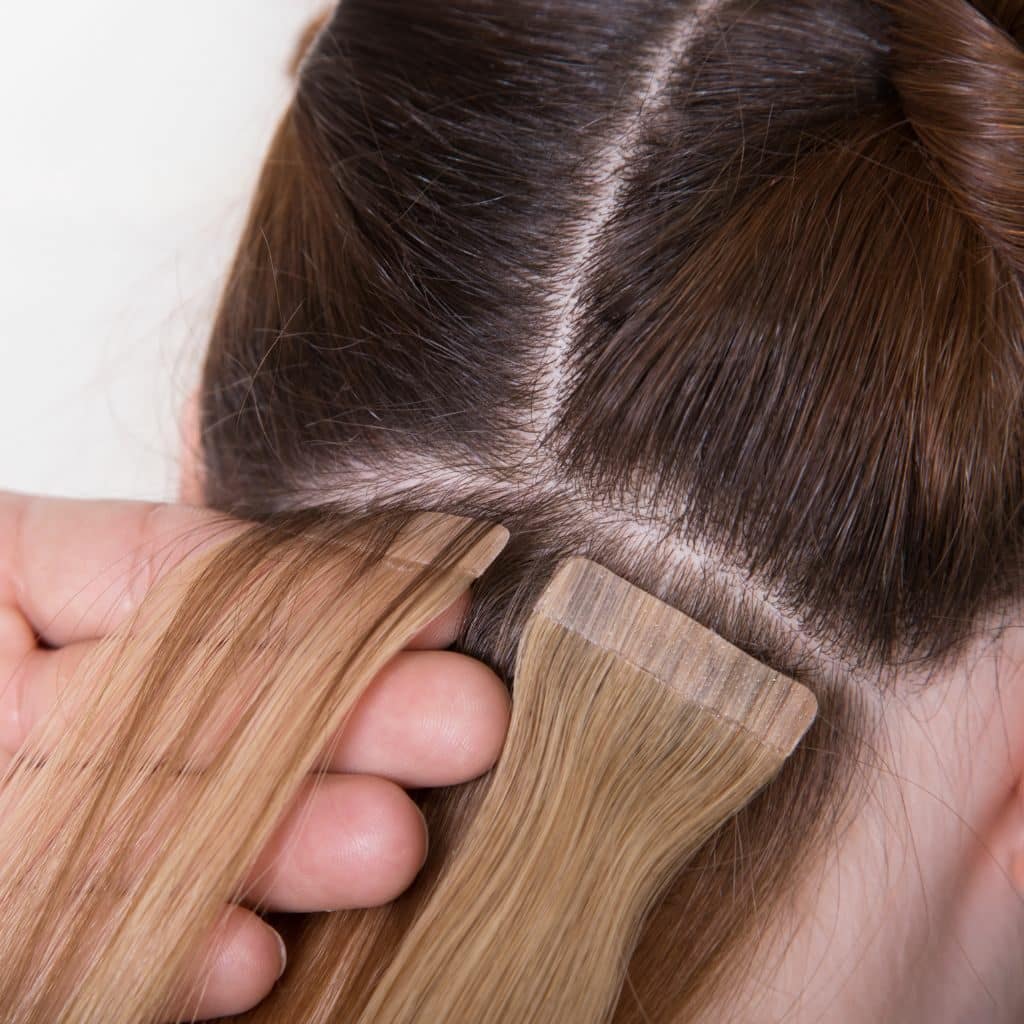
The stylist simply needs to wrap around the tape around the wearer’s hair strand, clip it tight, making a hair sandwich, and it’s done. For wearers who prefer thinner hair, there are also mini-tape or one-sided tape-in hair extensions available.
Quality tape-in hair extensions can last up to 6 months. Plus, they are reusable.
Pros of tape-in hair extensions
- Easy to attach and remove.
- Does not damage the wearer’s hair:
- Long-lasting & reusable
- Affordable
- Numerous styling options
- Adding colors and highlights without chemicals
Cons of tape-in hair extensions
- Need help from professionals, DIY at home can damage the natural hair.
Shop tape-in hair extensions
Fusion hair extensions
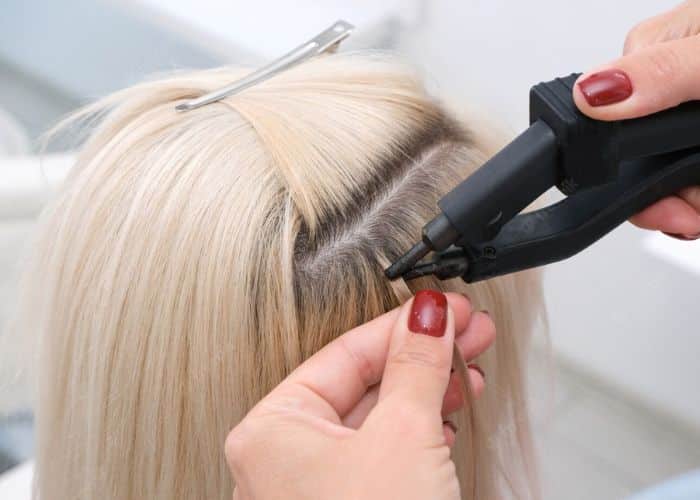
When we say fusion hair extensions, we mainly mean hot fusion hair extensions, pre-bonded hair extensions, or keratin hair extensions; they all mean the same thing.
With hot fusion hair extensions, there are also different sub-types of hair extensions, categorized by shape: such as I-tips, U-tips, V-tips, nail-tips, flat-tips, ultra-tips, etc. All these tips are for the easiness of installation.
The hairstylist will need to melt the tips with a heating tool, and fuse them with the wearer’s natural hair. When it cools down, a firm and permanent bond will be formed.
Apart from the use of heat, some of these tips can also get attached to the wearer’s natural hair by little beads, loops or rings; this way we call it cold fusion; we’ll talke about cold fusion in a later section.
Following the stylist’s recommendations and taking proper care of them will last 9-12 months.
Pros of fusion hair extensions
- Long-lasting.
- Suitable for any hair type.
- Will not damage the natural hair.
- Low maintenance.
- Blend perfectly with the wearer’s natural hair.
Cons of fusion hair extensions
- Time-consuming: it takes at least 3-4 hours to finish installing a full head of fusion hair extensions.
- Can be done only by professionals, DIY at home can ruin the natural hair
Shop fusion hair extensions
Cold Fusion Extensions
Known by various names, and it doesn’t matter, as people just enjoy calling different types of hair extensions by different names; for us, it’s better to help people understand clearly what they are and how they work, and then get the names right.
Cold fusion uses beads or loops.
According to different hairstylists and hair extension makers, cold fusion are also known as micro-links, micro loops, microbeads, nano rings, and different shaped tips, such as I-tip, Y-tip, etc. However, a lot of people just think that they are all different types of hair extensions.
Some UK hairstylists prefer to call cold fusion micro ring (not micro link).
Putting on cold fusion hair extensions is also quite time-consuming, and a professional hairstylist must do it at a salon.
Cold fusion / hot fusion transferrable.
Some types of hair extensions can be both hot fusion and cold fusion methods, such as i-tip or Y-tip (or ultra-tip); they can either be melted with heating tools and form bonds with the wearer’s natural hair or bonded with natural hair using beads or loops.
Pros of cold fusion hair extensions
- No heating or glue is required. Safe for natural hair.
Cons of cold fusion hair extensions
- Shorter lifespan.
- Need help from professionals, the wearer can not DIY at home.
Shop cold fusion hair extensions
-
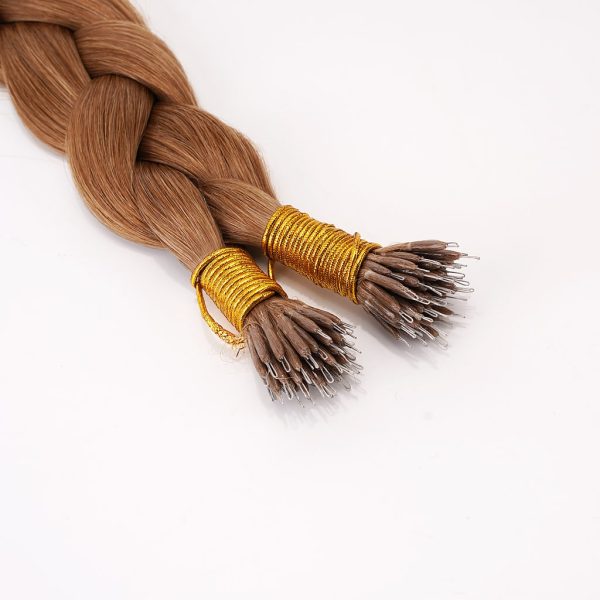 NANO RING Hair Extensions From Nanos Hair Extensions Manufacturer
NANO RING Hair Extensions From Nanos Hair Extensions Manufacturer -
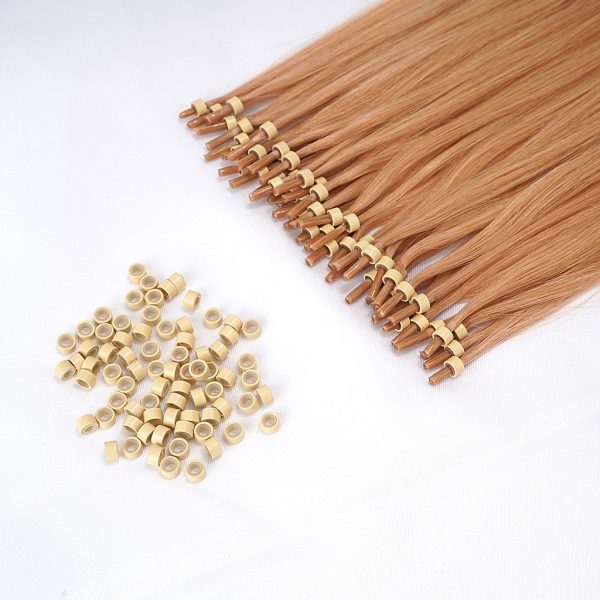 I-TIP Keratin Bond Hair Extensions in Premium Remy Human Hair WholesaleRated 5.00 out of 5 based on 2 customer ratings
I-TIP Keratin Bond Hair Extensions in Premium Remy Human Hair WholesaleRated 5.00 out of 5 based on 2 customer ratings
Weft Hair Extensions
Weft hair extensions are also known as weave hair extensions.
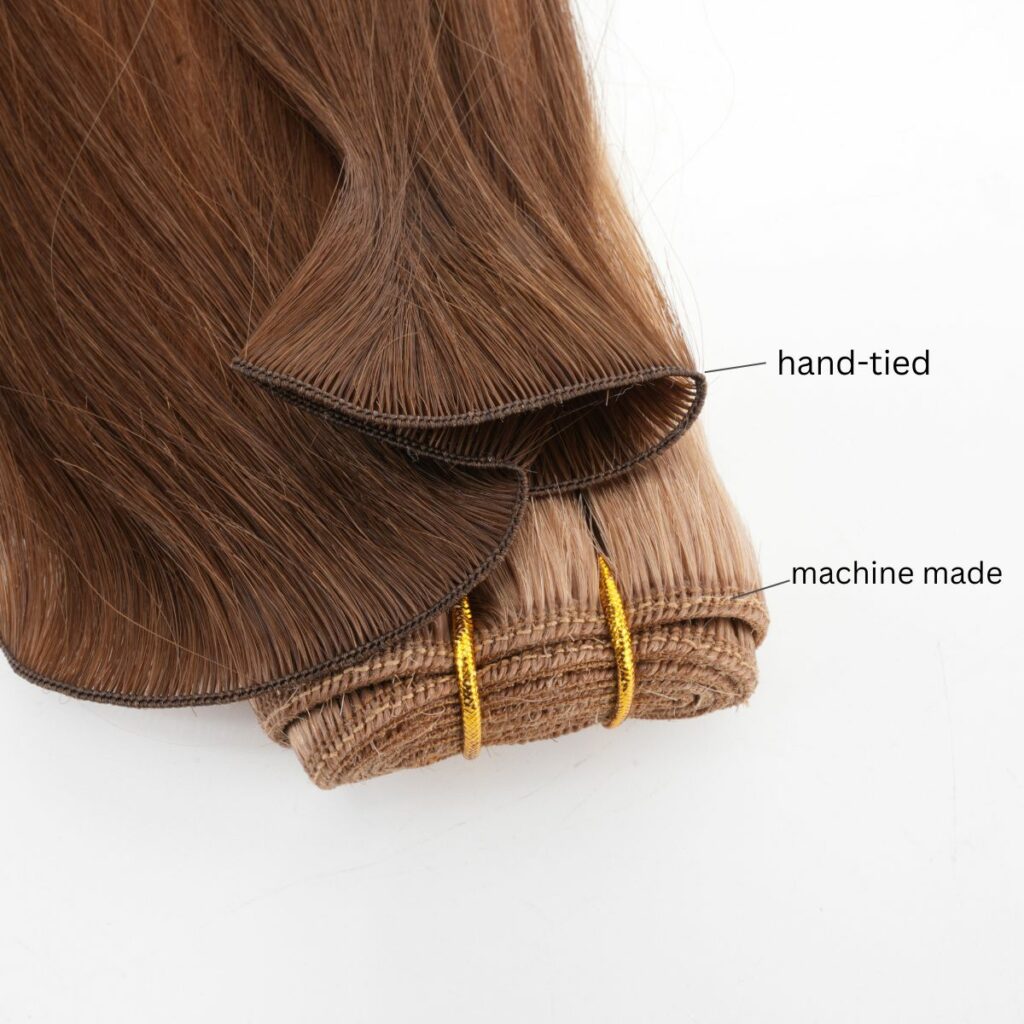
They can be sub-classified into machine wefts, hand-tied wefts, PU skin wefts, etc.
Sew in weft is a process in which the wearer’s natural hair is braided down into cornrows, and weft of hair gets sewn onto the braids.
Sew in weft on braids
Similar to installing sew-in wefts using braids, some hairstylists prefer to use beads to fix the hair, by which a weft of hair gets sewed to the natural hair braided using beads.
Sew in weft with beads:
Machine Weft
Just as its name suggests, machine wefts are the wefts that hair gets tied on by a machine. They are thicker wefts and can be cut to smaller portions without fraying and tied one by one to the wearer’s natural hair.
Shop weft hair extensions
Hand-tied Weft Hair Extensions
Compared to machine weft, hand-tied weft has all hair gets manually tied by manufacturing staff.
As they are 100% hand made, thus they are much pricier.
Hand-tied wefts are thinner and lighter wefts that won’t weigh down the wearer’s natural hair. That’s why they are often recommended to fine thin hair clients, according to professional hair stylists.
Hand-tied wefts are tied into weft, and you should never cut them into small pieces otherwise the hair extension will unrael.
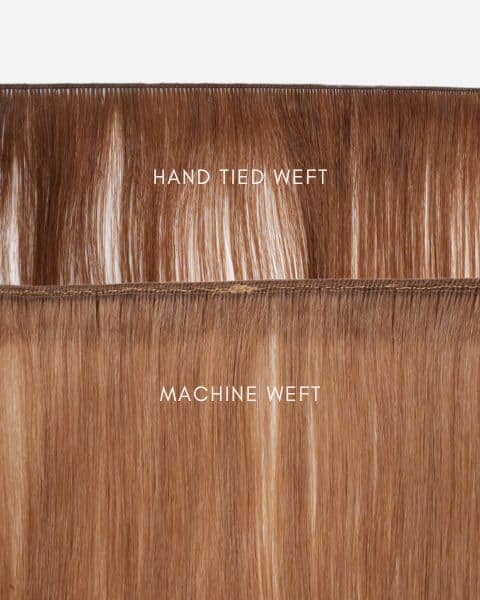
Shop hand-tied weft hair extensions
PU Wefts
Simply put, a thin, sleek, single row of hair gets tied along a weft from PU skin. It has all the good qualities of hand-tied wefts, plus it can be cut into smaller pieces to install one by one.
Similar to tape-in extensions, skin weft can be attached with tape or glue. They are very flexible to use, cutting them into small pieces, and you can add volume or density to the problem areas of your clients.
Shop PU weft hair extensions
Flat Wefts
Flat Weft Extensions are considered a hybrid weft with the thin attribute of hand-tied wefts while allowing the weft to be customized and cut into smaller pieces like a machine weft.
Hair gets tied to a thin, silk weft. This flat track weft hair extension by New Times Hair is an update of the old version of weft hair extensions.
They have a great undertone in gradient throughout the extension, giving the wearer a natural, flattering look.
Genius Wefts
The Genius Weft hair extensions presented by New Times Hair are a revolutionary masterpiece.
It is an upgraded whole new generation of weft hair extensions; thinner, lighter, tangle-free, with absolutely NO return hair; ideal for wearers with thin fine hair or those who delight in a fine, sleek hair structure.
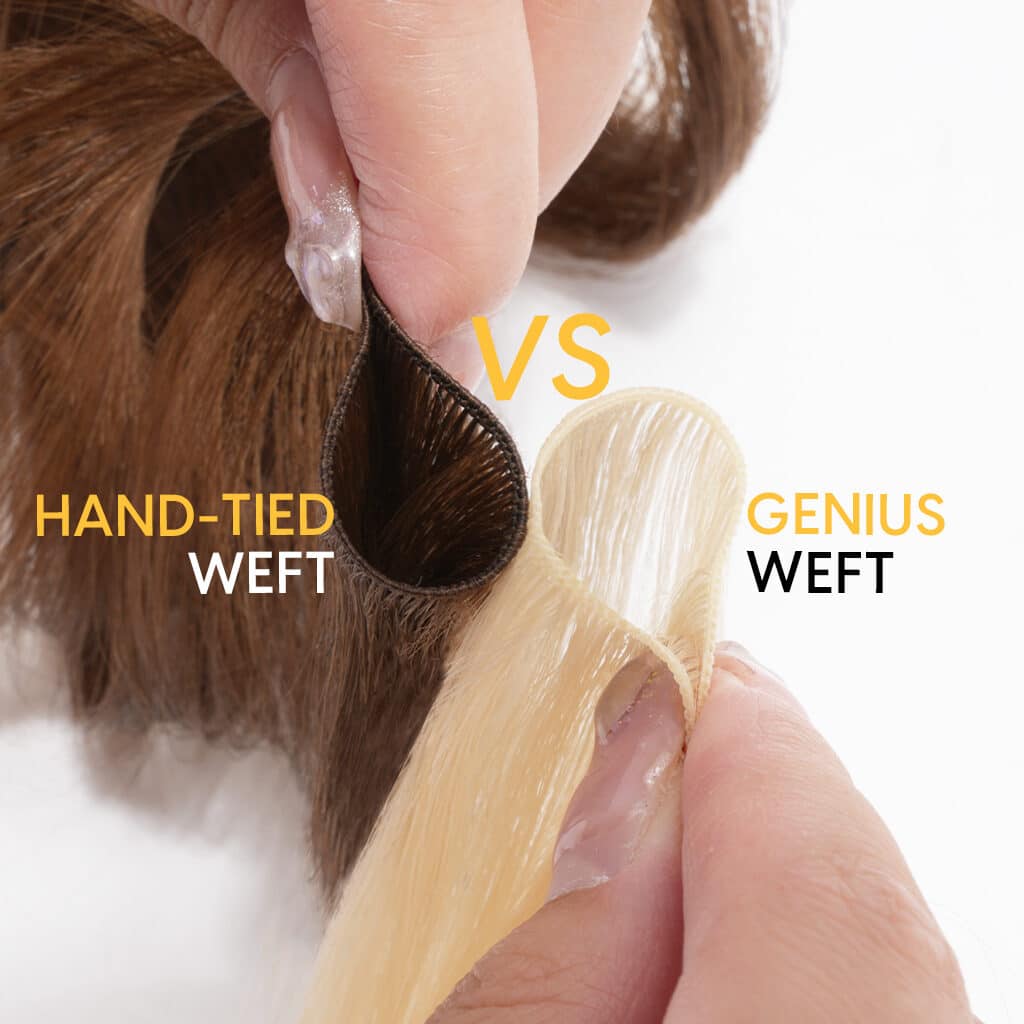
100% Remy human hair, unfolded, is hand-tied to a thin weft, allowing it to be cut into smaller pieces without fraying; if you like, you can call it the best of the best.
Shop Genuis Weft hair extensions
Pros of weft hair extensions
- Cause most minor damage to the wearer’s natural hair.
- Long-lasting.
- Chemical, adhesive, and heat-free.
- Lightweight, less tension to the hair and scalp.
- Low Maintenance and upkeep.
Cons of weft hair extensions
- Time-consuming: It could take up to 4 hours to finish stitching a weft to the wearer’s hair.
- It is never easy to find a qualified hairdresser who can professionally sew the hair weft to the wearer’s hair.
Final words
This is perhaps the most comprehensive post about the classification of hair extensions and their types.
Before choosing the most suitable or best hair extension(s) to wear, it won’t hurt to know them a bit more first.
When talking about a particular type of hair extensions, we know clearly what they are talking about and what to get.
Good luck!
